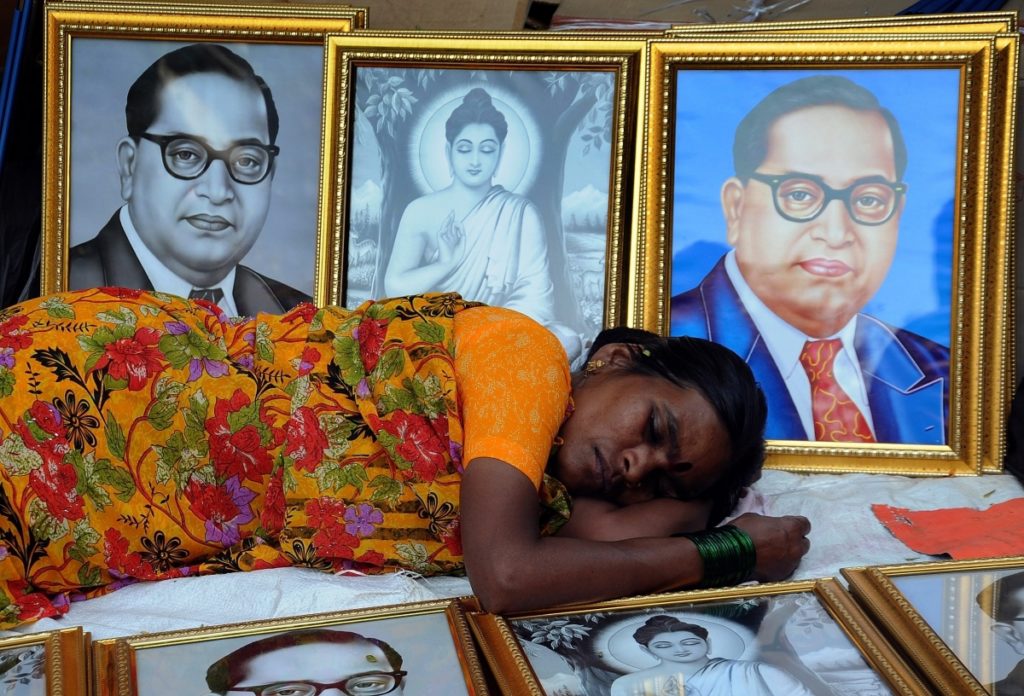
16th June in Dalit History – Dr. Ambedkar Established the ‘Bombay State Inferior Village Watandar Association’
Traditionally, the Mahars (an earstwhile untouchable caste) were servants to all the village, with a number of responsibilities – they brought wood to the burial grounds, carried off dead animals and were expected to eat the flesh of the cattle carcasses, took messages to other villages, cared for the horses of traveling government officials, mended the village wall, acted as village watchmen, and served the village headman as town criers. In this capacity they were watandars (leaseholders) and so held some land, but they were never primarily agriculturists. This was serfdom – forced labor bound to a hereditary plot of land owned by a lord in return for protection and the right to work on fields.
16 June 1956: Dr. Ambedkar established the ‘Bombay State Inferior Village Watandar Association’ under his own chairmanship.
Dr. Ambedkar was the “first legislator in India to introduce a bill for the abolition of the serfdom of agricultural tenants”. He wanted to solve the problem of Mahar Watans by all legislative and constitutional means. He introduced a bill in Poona session of Bombay Legislative Council in 1937 (17 September) to abolish the Mahar Watan for which he had been agitating since 1927. However later he had to withdraw the billas it was tampered beyond recognition.
Clarifying the objectives of the Association that he formed on 16 June 1956, Dr. Ambedkar stated that if the Government did not solve the problem amicably, then expressed his desire to prosecute the Government. When the question of giving land to Watandar came up, the villagers opposed it. They thought the problem of their cattle more important than the problem of Mahar Watandar. Dr. Ambedkar said that Government accepted the principle of “land to tiller” but was not ready to include Government lands under the jurisdiction of the Act. He believed that the Watan Act and the Watan system were contrary to the provision of the constitution of India. He opined that a writ petition should be filed in the High Court in this matter and if it was unsuccessful, it must be taken to the Supreme Court. In a letter to Gaekwad, he wrote clearly that he did not want to turn the agitation against Watan system into Satyagraha due to war emergency. When Dr. Ambedkar became the member of Viceroy’s Executive Council, he promised to withdraw the movement because he thought that he might be able to serve the cause better as a member of Viceroy’s Executive Council than to conduct a struggle.
Subsequently, Mahar Watan was abolished under the Bombay Inferior Village Watan Abolition Act 1959.



+ There are no comments
Add yours